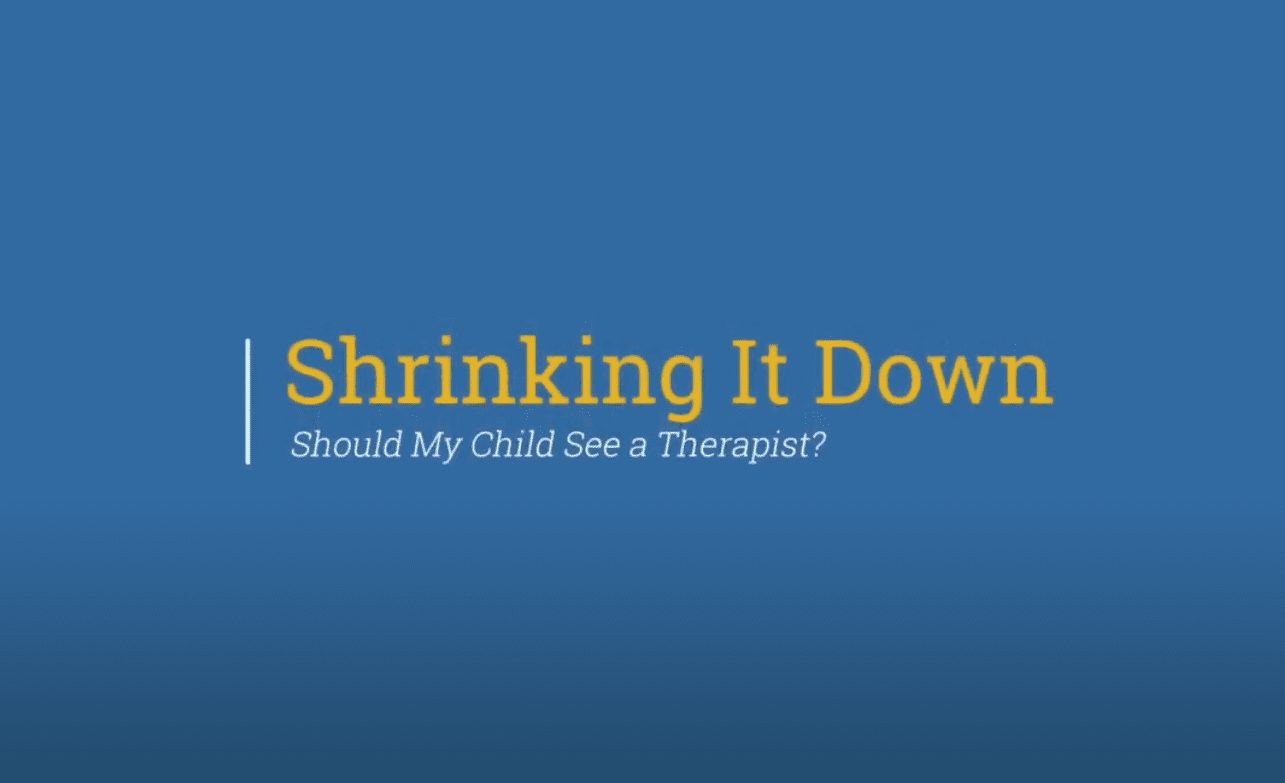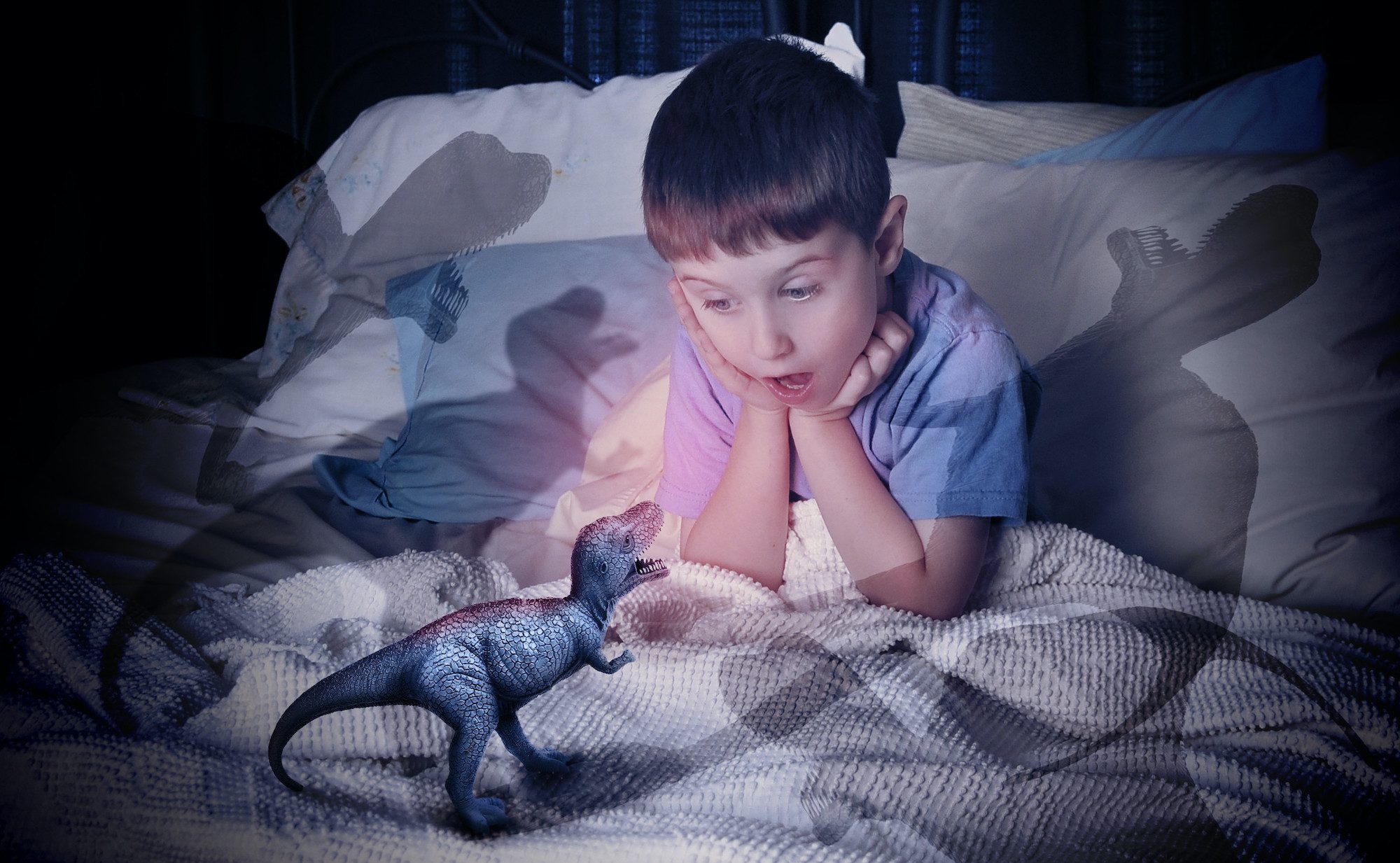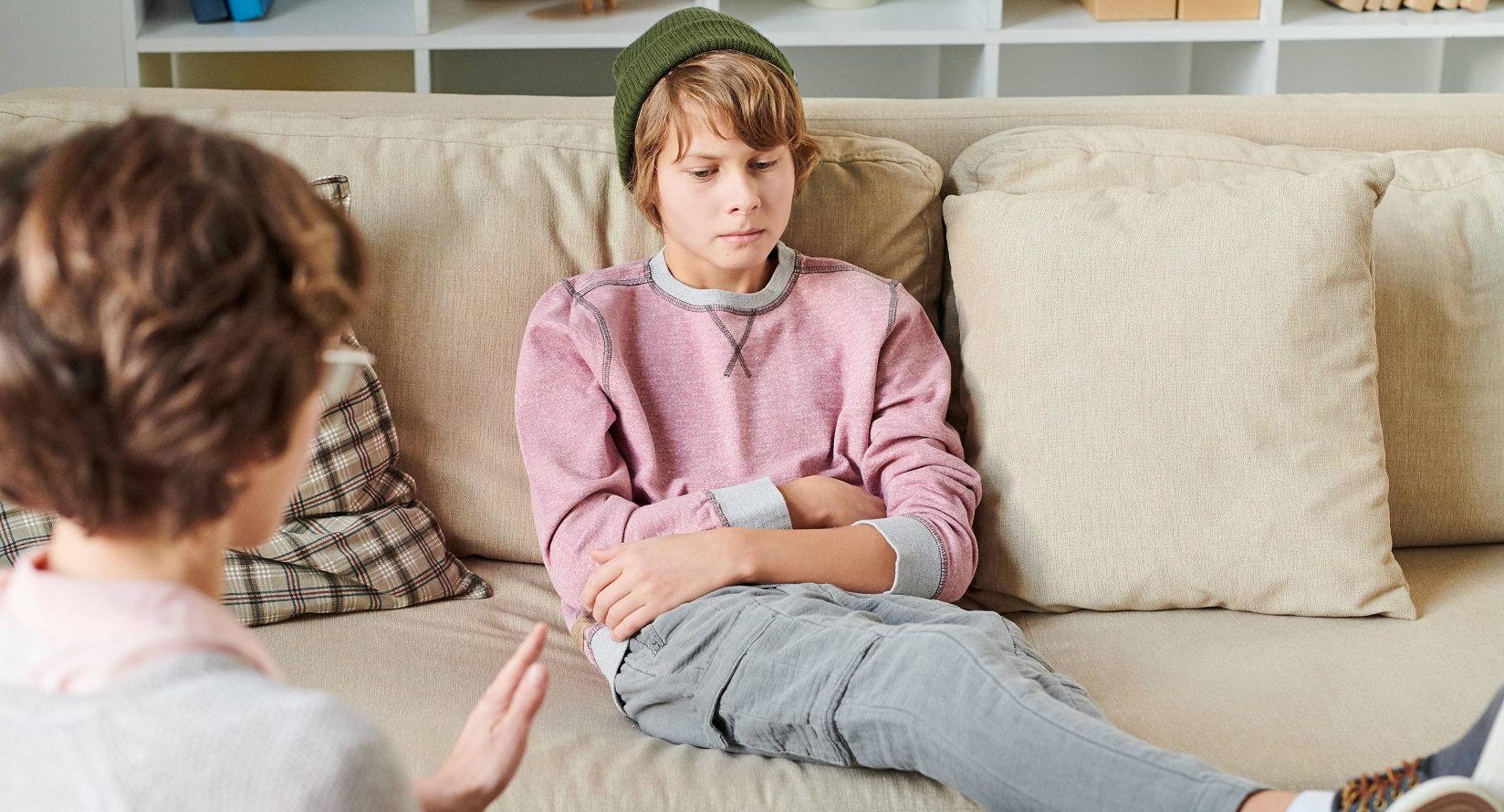Articles containing: therapy
Should My Child See A Therapist?

One in four people will have a mental health disorder at some point in their life, and half of those disorders begin in childhood.
While many of us know someone who’s had to deal with a mental illness in one way or another, many parents still aren’t sure how to assess whether their child needs to see a therapist.
CBT Snapshot: Using Cognitive Behavior Therapy for PTSD

Cognitive Behavioral Therapy is a special kind of talk therapy that can be used to help with mental health challenges. In this CBT Snapshot series, Dr. Ellen Braaten gives a glimpse of what it looks like to use CBT for a range of mental and behavioral health disorders.
CBT Snapshot: Using Cognitive Behavior Therapy for Phobias

Cognitive Behavioral Therapy (CBT) is an evidence-based talk therapy that can be used to help with mental health challenges. In this CBT Snapshot series, Dr. Ellen Braaten gives a glimpse of what it looks like to use CBT for a range of mental and behavioral health disorders, including CBT for phobias.
How to Understand Your Child’s “Anxiety Monster”

As a child psychiatrist who’s seen patients in many different settings, including doing psychotherapy and managing medications, I’ve found that talking about anxiety with kids and adults alike is hard to do in a way that helps them understand what anxiety is, while preparing and motivating them for what can be a difficult treatment journey.
9 Ways to Know If Your Child’s Mental Health Clinician Is Right for Them

As parents, we all want the very best for our kids – the best teachers, coaches, and health professionals, among others.
About one in five of our children, teenagers, and young adults will experience a mental health issue and ideally receive mental health care.
Cognitive Behavior Therapy (CBT): A Closer Look

Listen to our podcast episode on Cognitive Behavior Therapy, featuring Susan Sprich, PhD.
Jenny was a 15-year-old high school sophomore who had suffered from depression for six months. Her pediatrician referred her to a psychiatrist, who prescribed Prozac for her depressive symptoms.
What Is Family Therapy?

Family therapy emphasizes the idea that a child lives and grows in relationship to others, particularly in relationship to members of his or her own family. There are many different family therapy approaches.
Q+A: How Do I Find a Therapist for My Child?

Este artículo está disponible en español.
My child has anxiety and I need to find a therapist.
Q+A: My Daughter With Anorexia Will Get Homework Assignments – What Does That Mean?

My daughter was diagnosed with Anorexia and the therapist said we’d be getting homework assignments and using a “variety of techniques.
Shrinking It Down: Our 1st Episode! (Season 1, Episode 1)
Mental health made simple? Phpht. Who are we kidding? It can be really complicated. Which is why we’re psyched to launch Season 1 of our new video podcast Shrinking It Down: Mental Health Made Simple, to begin to wrapping our brains around it all.




